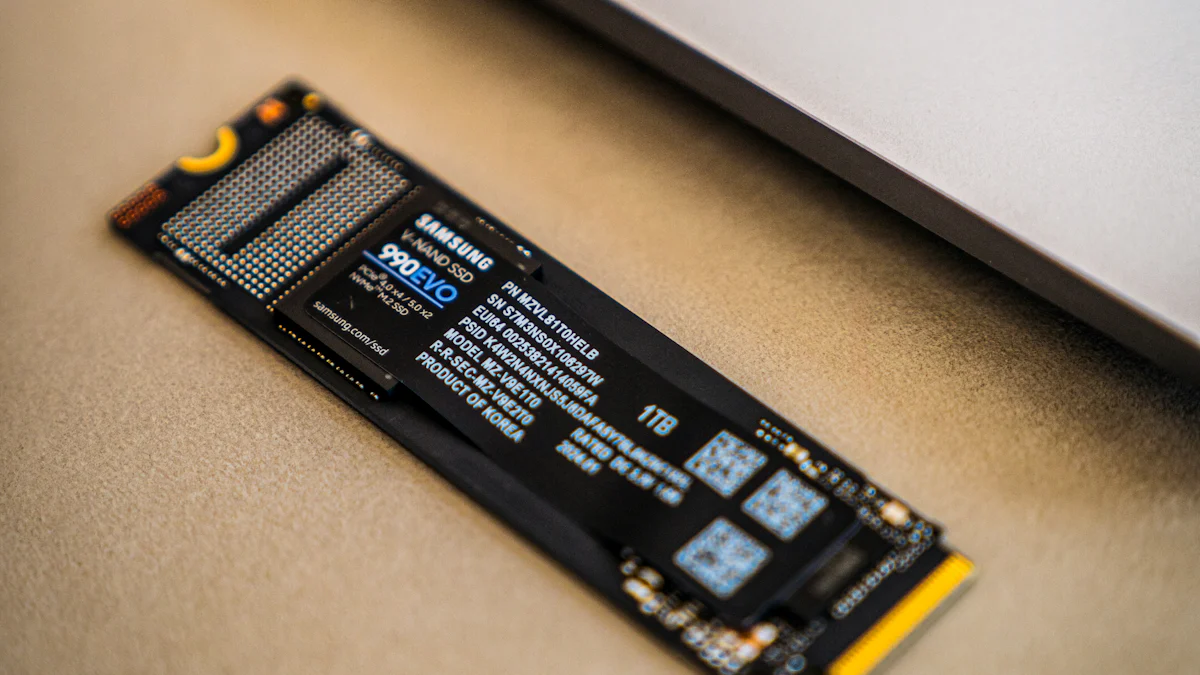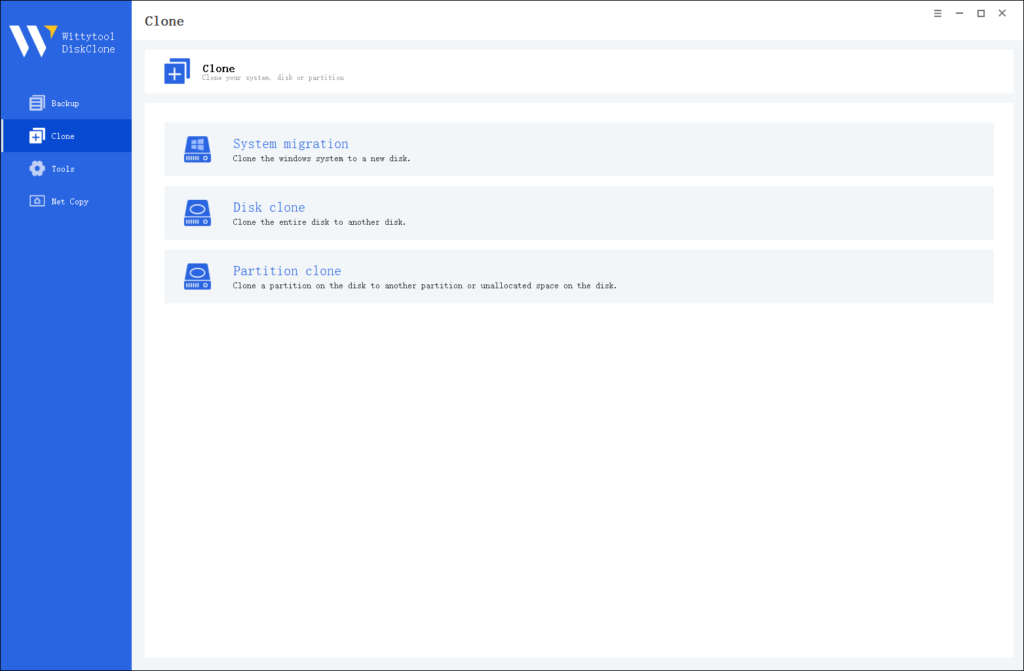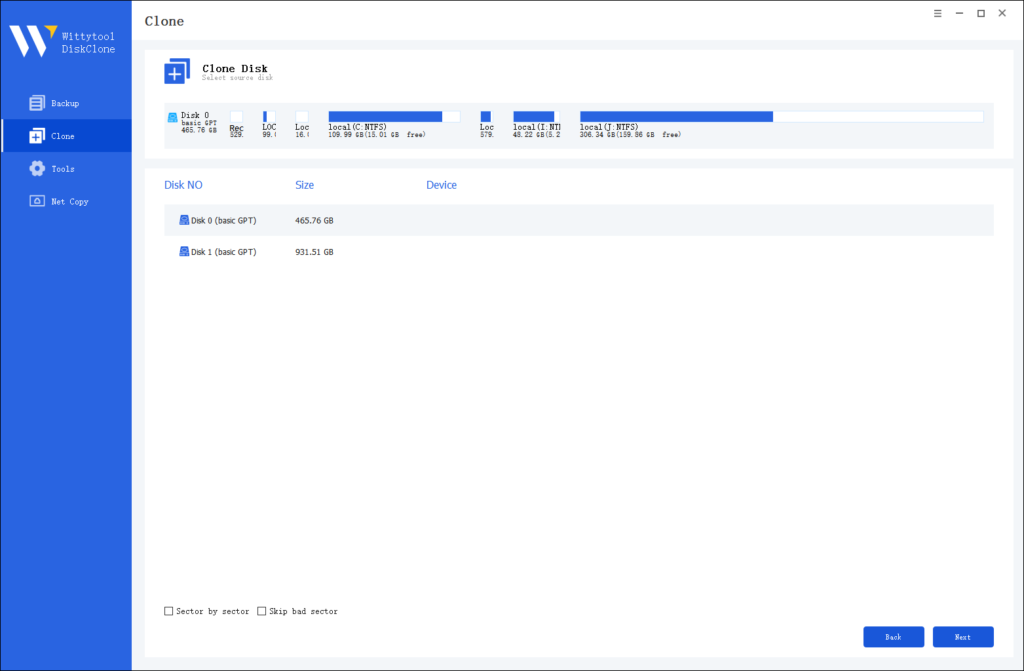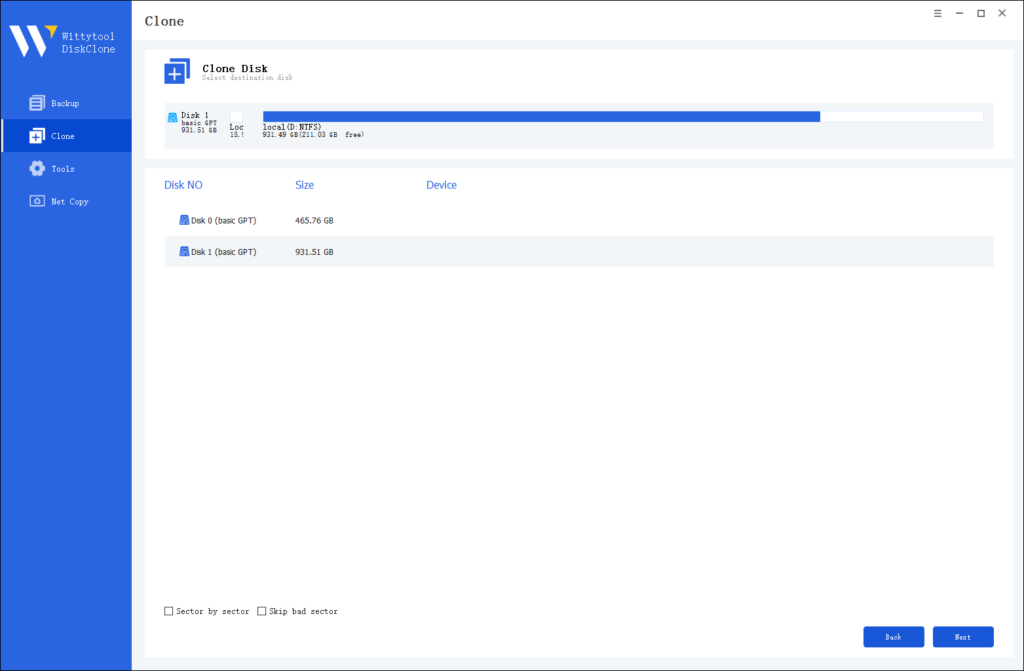
Have you ever cloned your Samsung SSD only to discover that the Samsung SSD clone does not boot? This issue can be quite frustrating, especially when you need quick access to your data. A Samsung SSD clone not booting often results from problems such as corrupted system files during the cloning process or incorrect boot drive settings. You might also face issues if the system reserved partition wasn’t cloned or if there’s a GPT/MBR conflict. Resolving these problems is crucial for maintaining system functionality and ensuring seamless data access. With tools like Wittytool DiskClone, you can effectively tackle these challenges and get your system back on track.
Understanding the Problem
What is a Cloned SSD?
Definition and purpose of cloning an SSD
When you clone an SSD, you create an exact copy of your existing drive. This process involves duplicating all data, including the operating system, applications, and files, onto another SSD. Cloning serves several purposes. It helps you repalce to a larger drive without reinstalling data from scratch. It also acts as a backup, ensuring you have a complete copy of your system in case of failure.
Common reasons for cloning an SSD
You might clone your SSD for various reasons. Upgrading to a larger drive is a common motivation. You want more space without losing your current setup. Cloning also aids in system migration. If you’re moving to a new computer, cloning saves time by transferring your entire system. Additionally, having a cloned SSD as a backup provides peace of mind. You know your data is safe if something goes wrong with your primary drive.
Symptoms of a Non-Booting Cloned SSD
Error messages and boot failures
Encountering error messages when your cloned SSD doesn’t boot can be frustrating. You might see messages like “Boot device not found” or “Operating system not found.” These indicate that your system can’t locate the necessary files to start up. Boot failures often result from issues during the cloning process or incorrect settings.
System behavior when the SSD fails to boot
When your cloned SSD won’t boot, your system might behave unexpectedly. You could experience repeated restarts or a blank screen. Sometimes, the system might attempt to boot from another drive, leading to confusion. These symptoms highlight the importance of addressing boot issues promptly. Ensuring your cloned SSD boots correctly is crucial for maintaining access to your data and system functionality.
Identifying Potential Causes
Understanding why your Samsung SSD clone won’t boot is the first step to fixing the issue. Let’s dive into some common culprits.
Incorrect BIOS/UEFI Settings
Your computer’s BIOS or UEFI settings play a crucial role in booting from the correct drive. If these settings aren’t right, your cloned SSD might not boot.
Boot order misconfiguration
One common issue is the boot order. Your system might try to boot from the wrong drive if the boot order isn’t set correctly. You need to ensure that your cloned SSD is at the top of the boot priority list. This simple adjustment can often resolve boot issues.
Legacy vs. UEFI mode issues
Another potential problem lies in the boot mode. Computers can boot in either Legacy or UEFI mode. If your cloned SSD uses a different partition style than your system’s boot mode, it won’t boot. For instance, an MBR disk requires Legacy mode, while a GPT disk needs UEFI mode. Double-check these settings to ensure compatibility.
Partition Alignment Problems
Partition alignment is another factor that can affect booting. Misaligned partitions can prevent your system from accessing necessary boot files.
MBR vs. GPT partitioning
The partition style of your SSD matters. MBR (Master Boot Record) and GPT (GUID Partition Table) are two different styles. If your system’s boot mode doesn’t match the partition style of your cloned SSD, it won’t boot. Make sure your SSD’s partition style aligns with your system’s requirements.
Misaligned partitions affecting boot
Misaligned partitions can also cause boot issues. When partitions aren’t aligned correctly, your system might struggle to locate boot files. This misalignment can occur during the cloning process, especially if the source and destination drives have different sector sizes. Ensuring proper alignment during cloning can prevent this problem.
Incomplete Cloning Process
Sometimes, the cloning process itself is the issue. An incomplete clone can leave out essential boot files or partitions.
Errors during the cloning process
Errors can occur during cloning, leading to an incomplete copy. These errors might result from software glitches or interruptions during the process. It’s crucial to use reliable cloning software, like Wittytool DiskClone, to minimize these risks.
Missing boot files or partitions
If your cloned SSD lacks necessary boot files or partitions, it won’t boot. This issue often arises from an incomplete cloning process. Double-check that all critical files and partitions are included in the clone. Using a tool that verifies the integrity of the clone can help ensure nothing is missing.
By identifying these potential causes, you can take targeted steps to resolve your Samsung SSD clone not booting issues.
Step-by-Step Solutions for Samsung SSD Clone Not Booting
When your Samsung SSD clone does not boot, you can follow these step-by-step solutions to get it up and running again.
Checking and Adjusting BIOS/UEFI Settings
Accessing BIOS/UEFI
First, you need to access the BIOS or UEFI settings. Restart your computer and press the designated key (often F2, F10, or Delete) during startup. This will take you to the BIOS/UEFI interface. Here, you can make necessary adjustments to ensure your cloned SSD boots properly.
Configuring Boot Order and Mode
Once inside the BIOS/UEFI, check the boot order. Make sure your cloned Samsung SSD is at the top of the list. This ensures the system attempts to boot from it first. Also, verify the boot mode. If your SSD uses MBR, set the mode to Legacy. For GPT, switch to UEFI. These settings align the system with your SSD’s partition style, preventing boot issues.
Repairing Boot Configuration
Using bootrec.exe and Other Tools
If adjusting BIOS/UEFI settings doesn’t resolve the issue, you might need to repair the boot configuration. Use the Windows installation media to boot your system. Select “Repair your computer,” then navigate to “Troubleshoot” > “Advanced options” > “Command Prompt.” Here, type bootrec.exe /fixmbr and bootrec.exe /fixboot to repair the Master Boot Record and boot sector. These commands help restore essential boot files.
Rebuilding MBR or GPT
Sometimes, rebuilding the MBR or GPT is necessary. In the Command Prompt, use diskpart to select your disk and clean to remove existing partitions. Then, use convert mbr or convert gpt to set the correct partition style. This process ensures your SSD is properly configured for booting.
Re-cloning the SSD with WittyTool DiskClone
If the above steps don’t work, consider re-cloning your SSD using WittyTool DiskClone. This software provides a reliable way to clone usb or your other drive without errors. Ensure you follow the cloning process carefully, checking for any interruptions that might cause an incomplete clone.
WittyTool DiskClone stands out as a recommended tool for cloning your Samsung SSD. Its user-friendly interface and advanced features make it ideal for both beginners and professionals. By using this software, you can create a complete and error-free clone, ensuring your system boots without issues.
By following these steps, you can resolve the Samsung SSD clone not booting problem and regain access to your data and system functionality.
Step 1: Choose Disk Clone Mode
Click on the left panel to access the clone page, then select the disk clone mode.

Note:
During usage, choose the corresponding mode according to your needs. You can read this article about system clone vs system migration to understand the differences in different usage scenarios.
Step 2: Choose Source Disk
Pick the disk from the list view. The layout of the selected disk will be displayed at the top of the list view.

Note:
*Sector by Sector: This option should be selected if the source disk has bad sectors or if the file system on the disk is damaged. It ensures that all sectors on the source disk are cloned.
*Skip Bad Sectors: If the source disk has bad sectors, select this option. Wittytool DiskClone will ignore the bad sectors and clone only the undamaged ones. This method is suitable for older disks that may have bad sectors.
Step 3: Choose Destination Disk
Select the target disk.

Step 4: Resize Partition and Start Cloning
You can resize the partition on the target disk if needed. Click the “Start Clone” button to begin the cloning process.

Frequently Asked Questions
What to do if the SSD still doesn’t boot?
If your Samsung SSD clone still refuses to boot, don’t worry. You have a few more tricks up your sleeve. First, double-check the BIOS/UEFI settings. Ensure that your cloned SSD is set as the primary boot device. Sometimes, a simple oversight can cause big headaches.
Next, consider using a boot repair tool. Tools like bootrec.exe can help fix boot sector issues. You can access this tool through the Windows installation media. Just boot from the media, select “Repair your computer,” and navigate to “Command Prompt.” Type bootrec.exe /fixmbr and bootrec.exe /fixboot to repair the boot sector.
If these steps don’t work, you might need to re-clone your SSD. Use reliable software like WittyTool DiskClone. This tool ensures a complete and error-free cloning process. Remember, a seamless clone is crucial for a successful boot.
How to prevent future cloning issues?
Preventing future cloning issues starts with choosing the right tools. Opt for reliable cloning software like WittyTool DiskClone. This software minimizes errors and ensures a smooth cloning process.
Before you start cloning, check your system’s BIOS/UEFI settings. Make sure they align with your SSD’s partition style. For MBR disks, use Legacy mode. For GPT disks, switch to UEFI mode. This alignment prevents boot issues down the line.
Keep your system updated. Regular updates ensure compatibility with new hardware and software. They also fix bugs that might cause cloning problems.
Finally, always verify the integrity of your clone. Double-check that all necessary files and partitions are included. A complete clone is your best defense against boot issues.
Conclusion
You’ve now explored the common reasons why a Samsung SSD clone does not boot and learned effective solutions to tackle these issues. By following the outlined steps, you can ensure a successful resolution. Remember to check your BIOS settings, verify the boot order, and use reliable cloning software like WittyTool DiskClone. These actions will help you avoid future problems. Maintaining your SSD’s health is crucial for optimal performance. Regularly update your system and keep backups to safeguard your data. With these practices, you can enjoy a seamless computing experience.

